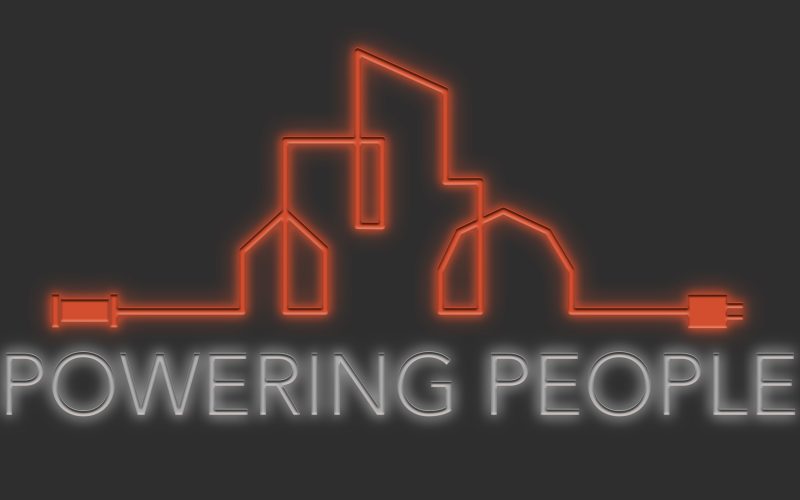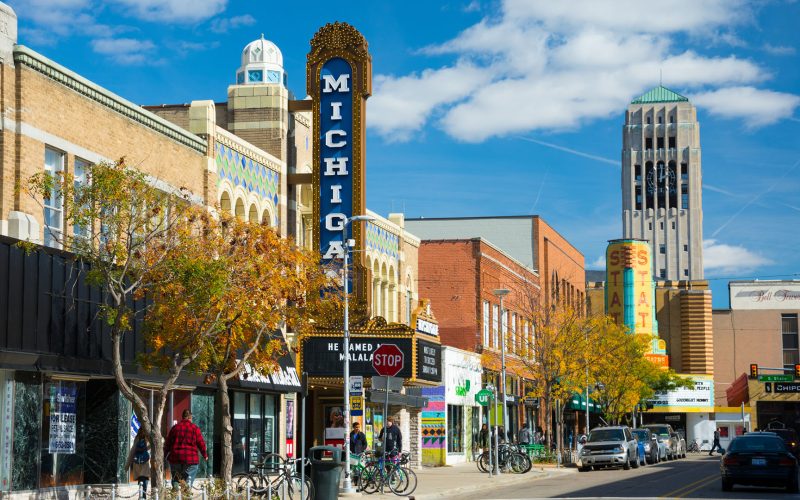THE VOICE FOR THE ENERGY CONSUMER

Delays in expanding much-needed pipeline infrastructure has led gas that should be going to market and sold for productive uses like generating electricity are instead being vented or flared. Thankfully,.

CEA’s Brydon Ross discusses how natural gas and important pipeline infrastructure, like the Atlantic Coast Pipeline, help boost Virginia’s economy and grow renewables. That’s why it’s disappointing to hear that.

Following recent energy policy developments, CEA to provide awareness around potential consequences to families and businesses. TRENTON, N.J. – Consumer Energy Alliance (CEA) today announced a new campaign aimed at.

Most women experience a range of emotions when sending their children off to daycare or kindergarten for the first time. Some experience relief, while others suffer from an absence. Some.

Albany, NY — Today, Consumer Energy Alliance (CEA) expressed deep disappointment in the New York General Assembly and Governor Andrew Cuomo for their rushed efforts to concoct a bill in.

One of the most well-known power outages in U.S. history took place in New York in 2003. All told, 50 million people lost power for approximately two days. Some 15.

Minneapolis, MN – Consumer Energy Alliance (CEA) Midwest Executive Director Chris Ventura, following today’s joint statement by the Minnesota Pollution Control Agency (MNPCA) and the Minnesota Department of Natural Resources.

Toledo, OH – Today, Consumer Energy Alliance (CEA) Midwest Executive Director Chris Ventura joined Lt. Gov. John Husted, United Steel Workers, and others at a rally at Toledo Refining Company.

Most people are familiar with the term, “keeping up with the Joneses” or at the very least recognize the phenomenon that happens with the human psyche, especially here in America,.

“Moving Michigan” to Focus on Educating Families, Businesses, and Policymakers about Benefits of Energy Delivery Detroit, MI – Consumer Energy Alliance (CEA) today announced a statewide campaign focused on educating.